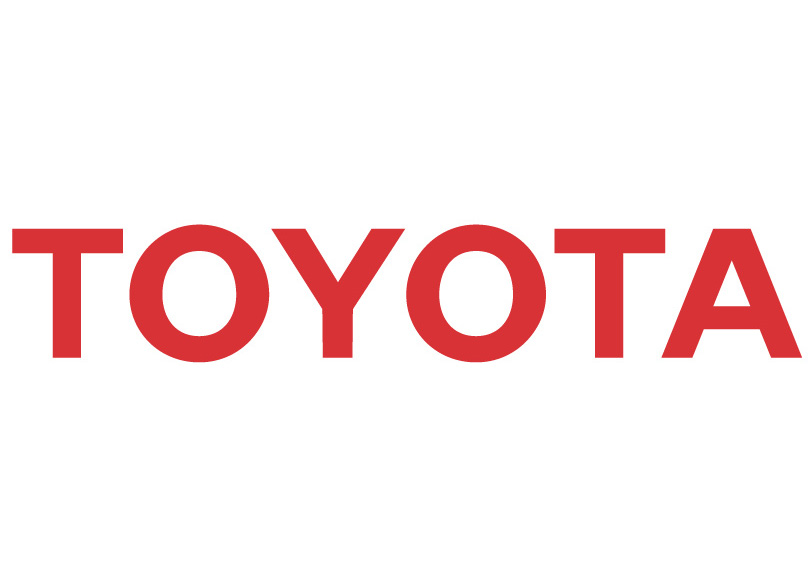Stedi maintains this guide based on public documentation from Toyota Motor Sales. Contact Toyota Motor Sales for official EDI specifications. To report any errors in this guide, please contact us.

X12 830 Material Release
—
Delimiters
- ~ Segment
- * Element
- > Component
EDI samples
- None included
Powered by
Build EDI implementation guides at stedi.com
Overview
ISA
-
Max use 1
Required
GS
-
Functional Group Header
Max use 1
Required
GE
-
Functional Group Trailer
Max use 1
Required
IEA
-
Max use 1
Required
—
- PS
- Planning Schedule with Release Capability (830)
—
- T
- Transportation Data Coordinating Committee (TDCC)
- X
- Accredited Standards Committee X12
Heading
N1 Loop
RequiredMax >1
N1 Loop end
Heading end
Detail
LIN Loop
RequiredMax >1
N1 Loop
OptionalMax >1
—
N2
54
Detail > LIN Loop > N1 Loop > N2
Additional Name Information
RequiredMax use 2
—
Usage notes
—
Example
N1 Loop end
SDP Loop
RequiredMax >1
SDP Loop end
LIN Loop end
Detail end
Summary
Summary end
Stedi is a registered trademark of Stedi, Inc. All names, logos, and brands of third parties listed on this page are trademarks of their respective owners (including “X12”, which is a trademark of X12 Incorporated). Stedi, Inc. and its products and services are not endorsed by, sponsored by, or affiliated with these third parties. Use of these names, logos, and brands is for identification purposes only, and does not imply any such endorsement, sponsorship, or affiliation.